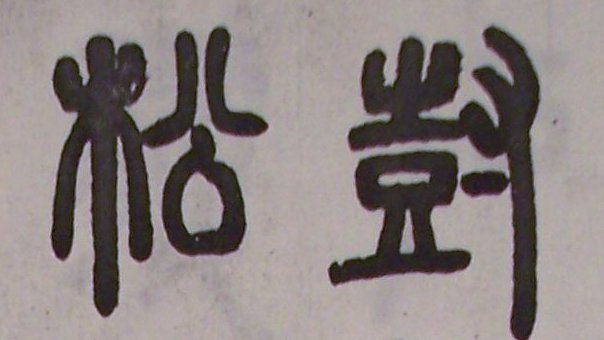
Basic Brush Techniques for Chinese Calligraphy
The brush techniques are closely related to each Chinese character's strokes as well as different Chinese calligraphy styles. Different strokes or styles may require different techniques. The principles of Chinese calligraphy strokes are the foundation of Chinese brush painting.
Basic brush techniques for Chinese calligraphy can be summarized as the following:
§ 1: Hiding the Hairs’ Tip ("Tsun Fong" - Wrapping)
The tip of the brush has a central part consisting of sharp and long hairs in the middle, and its surrounding layers of shorter hairs. If we spread the hairs evenly, the hairs in the middle at the tip are very tiny, thin, and sharp. This is called the tip ("Fong") of the brush hairs.
“Wrapping” refers to the first and last touches of the brush tip on the paper should be hidden “implicitly” in writing each stroke. For most Chinese calligraphy styles, in starting and closing each stroke we do not reveal these touches “explicitly”. This enables the sharpness of the brush hairs to be hidden (“Tsun”) in the strokes of the characters. A stroke with “Tsun Fong” imparts a suggestion of reserved power and strength.

§ 2: Revealing the Hairs’ Tip ("Lo Fong")
"Lo Fong," in contrast, means a deliberate reveal of the sharpness of the brush hairs, giving viewers with a sense of directness and crispiness.
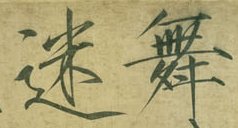
§ 3: Returning the Hairs’ Tip ("Huei Fong" - Return)
"Return" means turning the brush tip just a little bit in the direction opposite to the direction we intend to go in a stroke. For example, if we want to write a horizontal stroke from left
to right, we begin by pressing the brush tip a little bit to the left and then moving the brush a little bit circularly and then we write the stroke to the right (this process is "wrapping.") Finally, near the right end of the stroke, we end by "returning" a little bit circularly to the left. The sharpness of the brush tip will then be contained within the stroke. This also imparts a suggestion of reserved power and strength.
§ 4: Rounding the Hairs’ Tip ("Zhuan Fong" - Rounding)
"Zhuan Fong" is used to write a round dot. When the brush hairs’ tip moves continuously in a circular motion, a dot will be round.
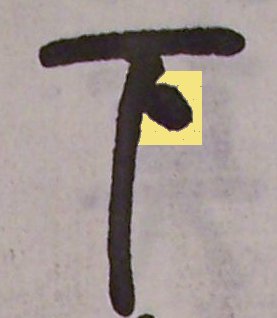
§ 5: Folding the Hairs’ Tip ("Zhe Fong" - Folding)
"Zhe Fong" is used to write square or angular strokes. “Zhe” means to bend or fold.
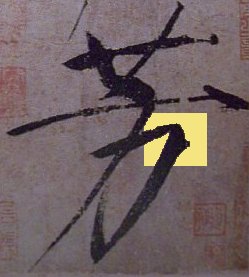
§ 6: Centralizing the Hairs’ Tip ("Zong Fong")
"Zong Fong" or "centralizing the tip of the brush" refers to keeping the brush tip always in the middle of the stroke. (The opposite of "Zong Fong" is "Tse Fong.") In this way the strokes will be full of strength and vigor and the structure of the character will look
more "unbreakable."
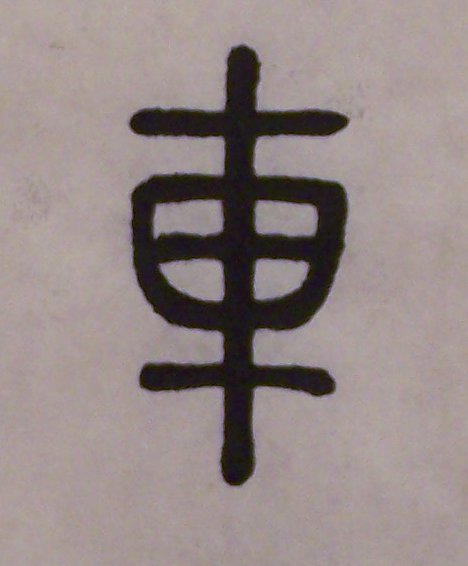
§ 7: Side Cutting the Hairs’ Tip (Tse Fong)
"Tse Fong" means starting a brush stroke in a sideway manner.
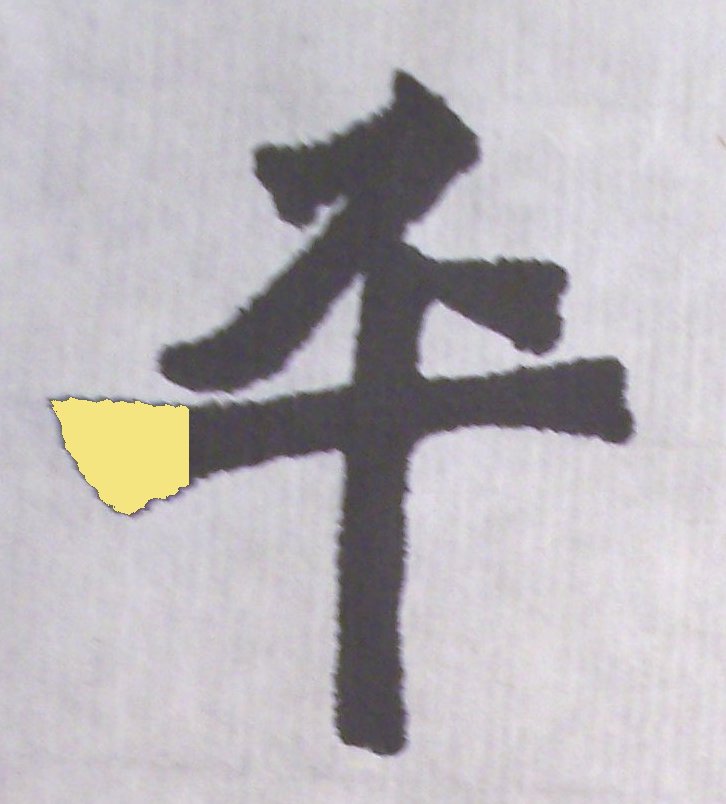
These operating techniques are not conclusive. They are just the general rules. A master calligrapher may blend delicately those techniques combined with one's insight to create unique effects of brushwork. These rules are also the founding principles of Chinese brush painting.